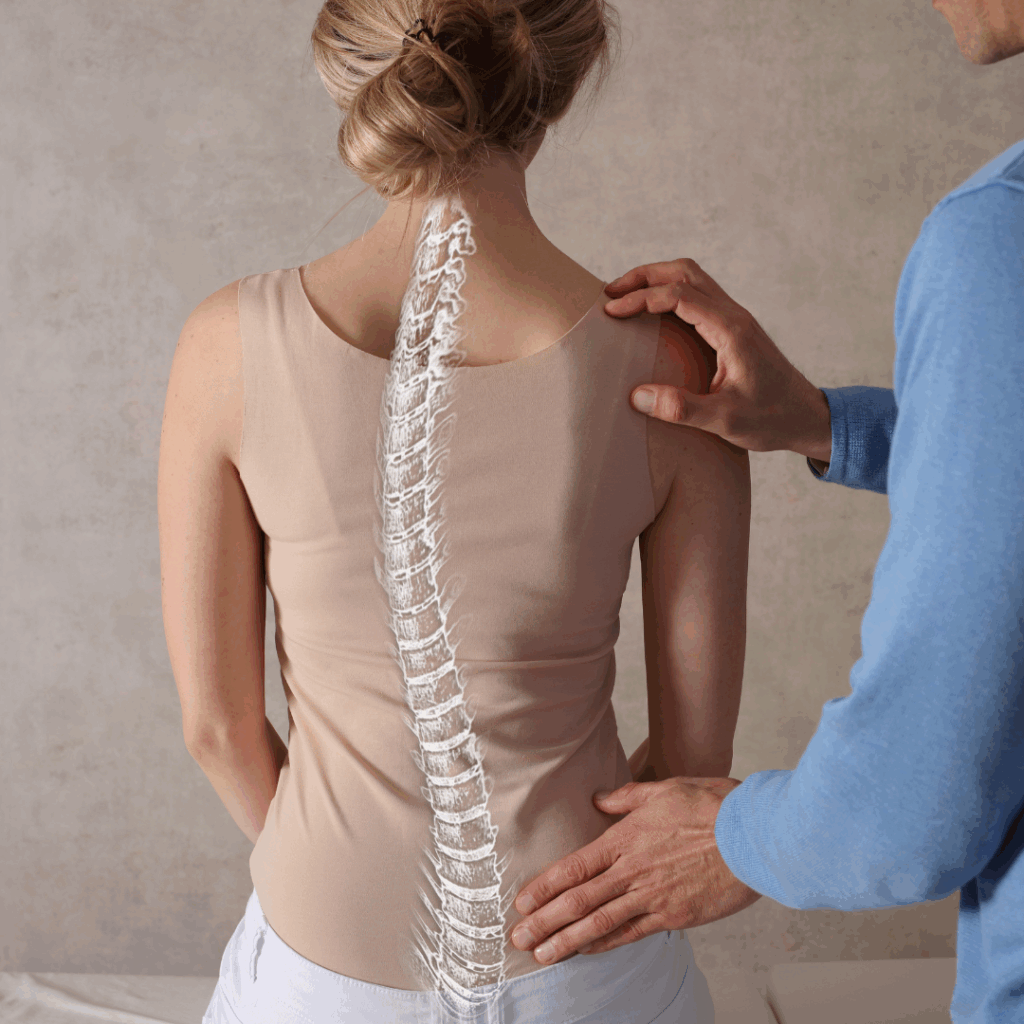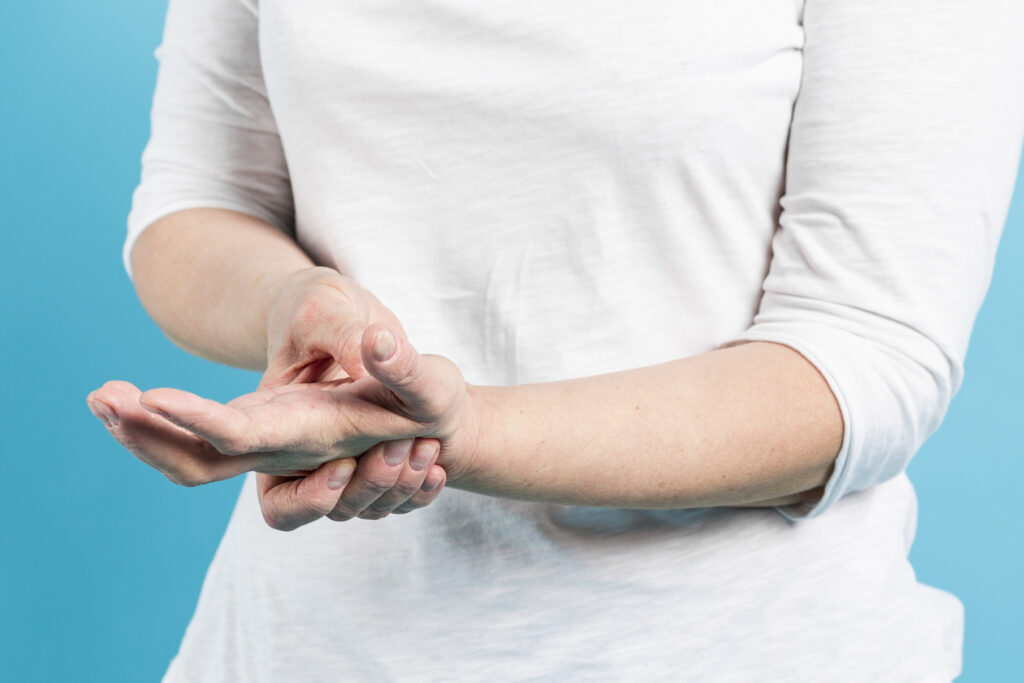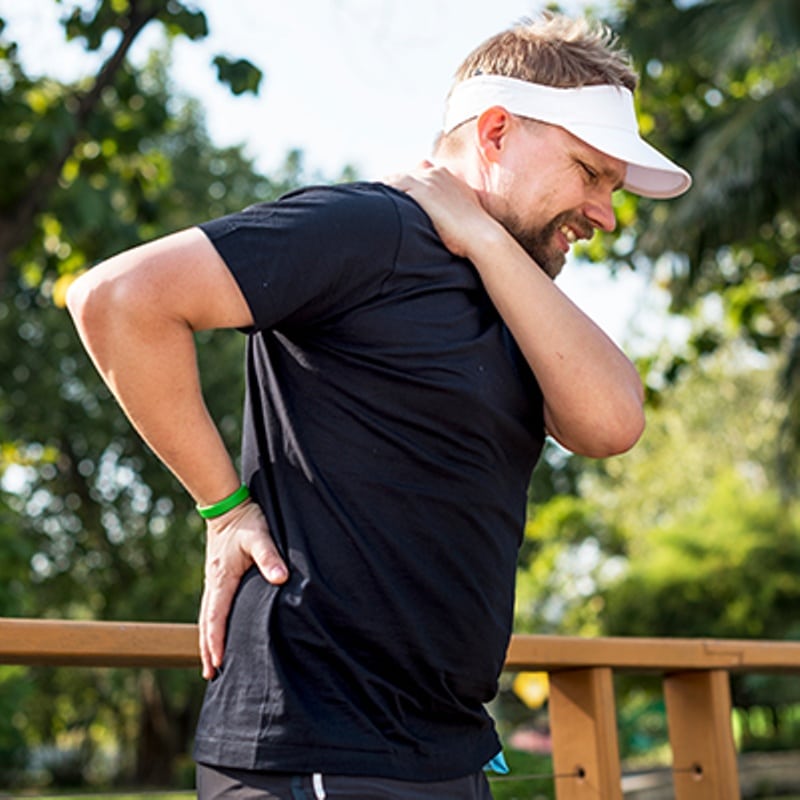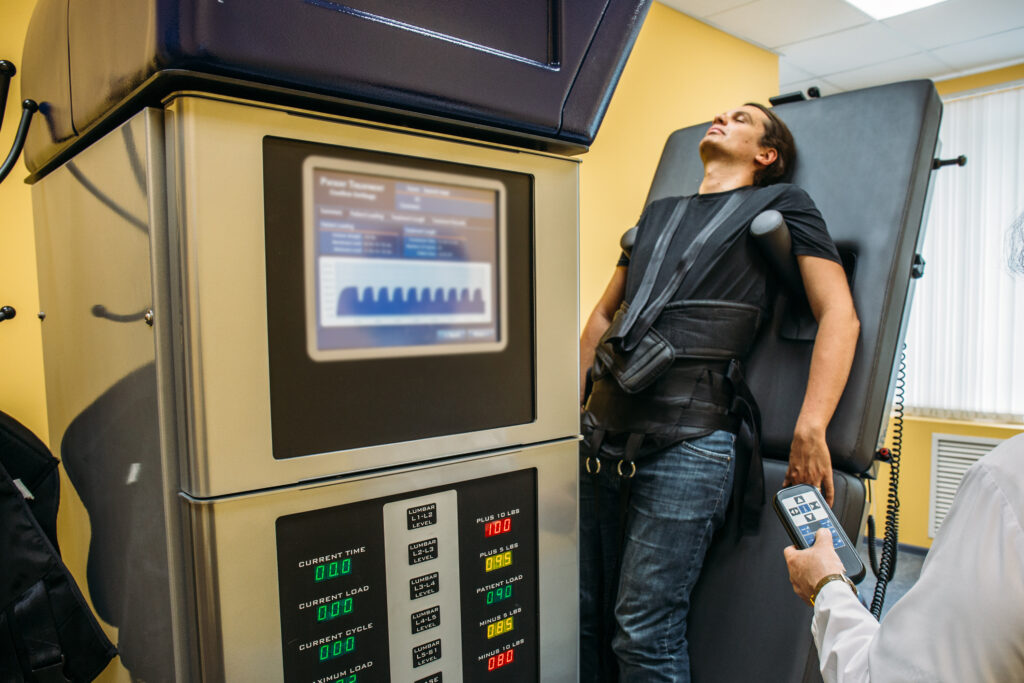Scoliosis is a condition that often goes unnoticed until it starts affecting posture, mobility, or overall quality of life. Characterized by an abnormal sideways curvature of the spine, scoliosis can appear at any age—though it most commonly develops during the growth spurt just before puberty. According to the American Association of Neurological Surgeons, about 2–3% of the population is affected by scoliosis, which means millions of people worldwide live with some degree of spinal curvature.
But scoliosis doesn’t always have to mean pain, disability, or surgery. In fact, many cases can be managed safely with a combination of non-invasive treatments, lifestyle adjustments, and medical care when necessary. This guide will explore everything you need to know about scoliosis—from understanding its causes and symptoms to reviewing safe, effective treatment options.
Understanding Scoliosis in Eagle
What Is Scoliosis?
Scoliosis is a spinal condition in which the backbone curves sideways in an “S” or “C” shape. A healthy spine looks straight when viewed from behind, but with scoliosis, the spine may lean to the left, right, or both.
The severity of scoliosis is often measured in degrees:
- Mild scoliosis: 10–25° curvature
- Moderate scoliosis: 26–40° curvature
- Severe scoliosis: Over 40° curvature
The degree of curvature helps guide treatment recommendations, ranging from observation to bracing or surgical intervention in severe cases.
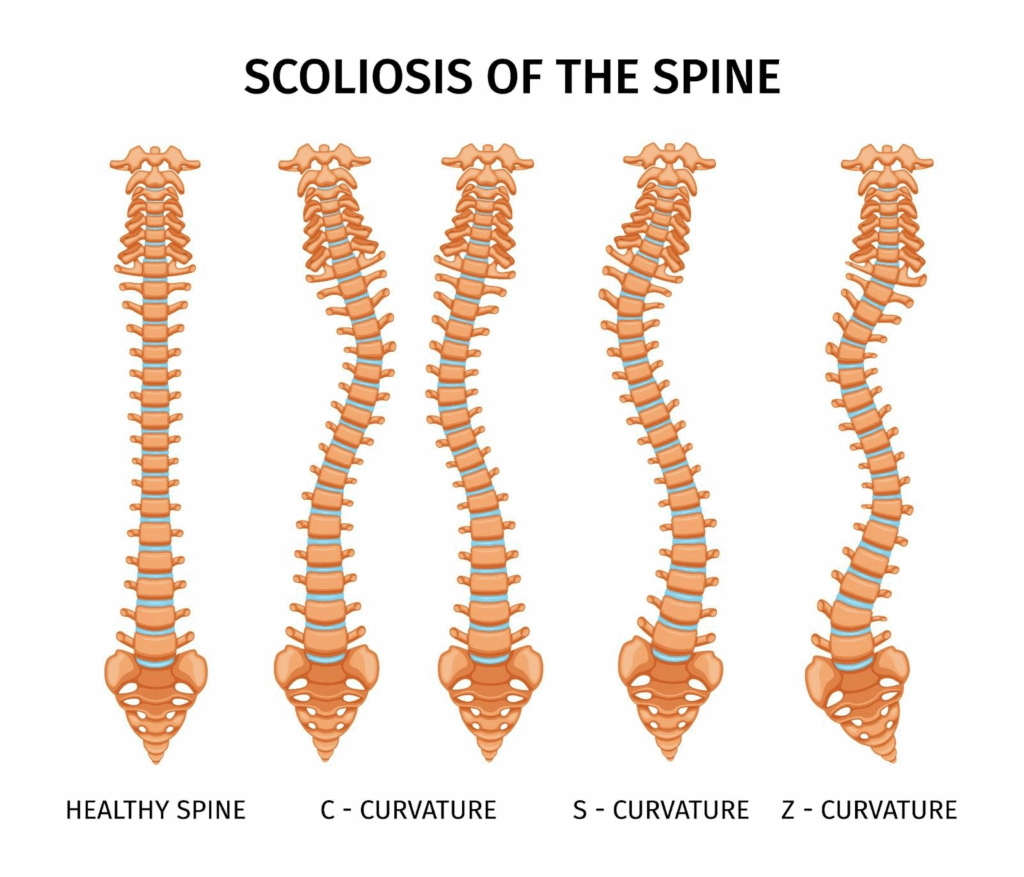
Types of Spinal Curves (Scoliosis)
- Thoracic scoliosis: Curve in the mid-back.
- Lumbar scoliosis: Curve in the lower back.
- Thoracolumbar scoliosis: Curve that involves both mid- and lower-back regions.
- Double major curve: Two opposing curves that balance each other.
The degree of curvature matters. A mild curve may not cause noticeable symptoms, while a severe curve can affect breathing, posture, and overall health. Doctors typically measure curves in Cobb angles, with anything above 10 degrees considered scoliosis.
Causes and Risk Factors of Scoliosis
The exact cause of scoliosis depends on the type:
- Genetics: Idiopathic scoliosis often runs in families.
- Growth spurts: Rapid growth in adolescence can trigger progression.
- Neurological conditions: Diseases that weaken muscles can lead to scoliosis.
- Aging: Degenerative disc disease and osteoporosis increase risk in adults.
- Congenital scoliosis: Present at birth due to malformed vertebrae.
Risk factors include:
- Being female (girls are more likely to have scoliosis that worsens).
- Family history.
- Having certain medical conditions.
Signs and Symptoms of Scoliosis
Scoliosis is often subtle in the early stages. Many people discover it during a routine school screening, sports physical, or doctor’s exam.
Common Signs
- Uneven shoulders or hips
- One shoulder blade more prominent than the other
- Rib cage sticking out on one side
- Leaning to one side when standing
- Ill-fitting clothes due to uneven body alignment
Possible Symptoms
- Back pain or stiffness
- Muscle fatigue from uneven strain
- Reduced range of motion
- In severe cases, breathing difficulties due to limited lung expansion
Not everyone with scoliosis has pain. In fact, many children and teens with mild scoliosis in The Chiropractor at Castlebury don’t notice anything until it’s pointed out by a healthcare provider.
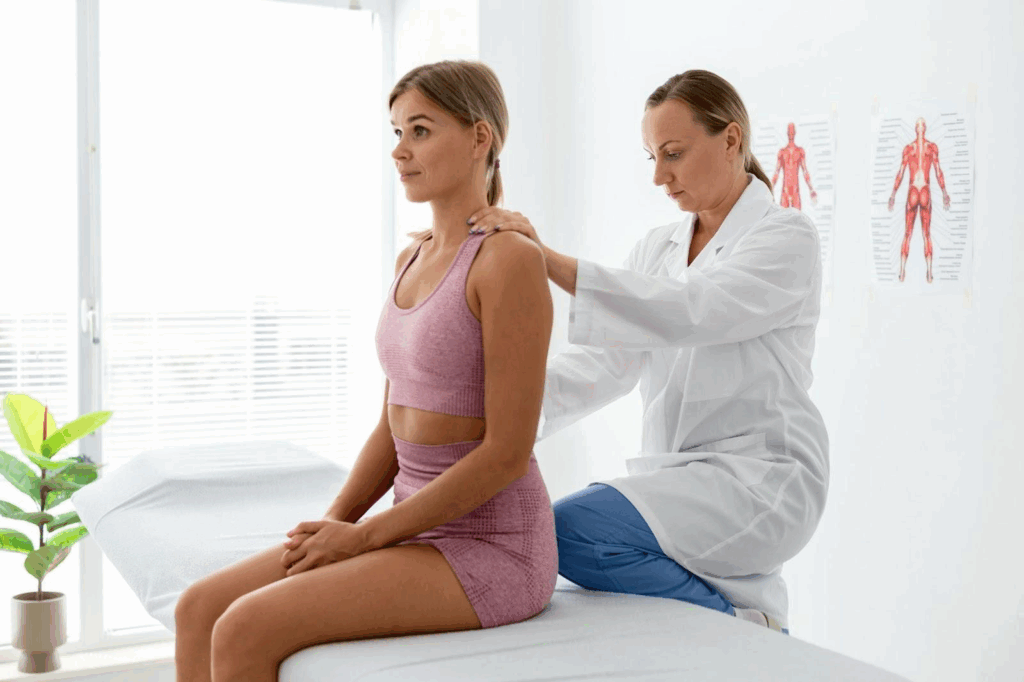
How Is Scoliosis Diagnosed?
Early detection is critical in preventing progression. Diagnosis usually involves:
- Physical Examination
- The doctor checks posture, shoulder alignment, and performs the “Adam’s Forward Bend Test.”
- The doctor checks posture, shoulder alignment, and performs the “Adam’s Forward Bend Test.”
- Imaging Tests
- X-rays: Gold standard for measuring curvature (Cobb angle).
- MRI or CT scans: Used when underlying conditions are suspected.
- X-rays: Gold standard for measuring curvature (Cobb angle).
- Scoliometer
- A small device that helps measure the angle of trunk rotation.
- A small device that helps measure the angle of trunk rotation.
Children are often screened at school or during annual physicals, but adults should seek medical evaluation if they notice spinal changes or persistent back pain.
The Impact of Scoliosis on Daily Life
The effect scoliosis has on someone depends largely on the degree of the curve and whether it’s progressing.
- Mild scoliosis: Often manageable without major lifestyle changes.
- Moderate scoliosis: May cause cosmetic concerns, mild pain, or limitations in sports.
- Severe scoliosis: Can impact lung function, digestion, and overall mobility.
Beyond physical effects, scoliosis can also affect self-esteem — particularly in teens who are already navigating body image changes. That’s why supportive treatment is about more than just the spine; it’s about the whole person.
Safe and Effective Treatment Options for Scoliosis
Treatment depends on age, degree of curvature, type of scoliosis in Eagle, and symptoms. The good news is that many non-invasive and safe treatments are available. Let’s break them down.
1. Observation and Monitoring
For mild scoliosis (less than 25° in children or less than 20° in adults), doctors often recommend “watch and wait.” Regular checkups every 6–12 months ensure that the curve isn’t worsening, especially during growth spurts.
This approach is safe, minimally disruptive, and often effective since many mild cases don’t progress.
2. Chiropractic Care
Chiropractic treatment for scoliosis in Eagle focuses on improving spinal mobility, reducing discomfort, and supporting better posture. While chiropractic adjustments do not “cure” scoliosis, many patients report significant relief from pain and stiffness.
Safe chiropractic techniques may include:
- Gentle spinal adjustments.
- Flexion-distraction therapy.
- Soft tissue works to relieve tight muscles.
- Postural training and ergonomic advice.
3. Bracing
Bracing is commonly recommended for children and teenagers whose bones are still growing. While braces don’t cure scoliosis, they can prevent further curvature progression.
Types of braces:
- Thoracolumbosacral orthosis (TLSO): Rigid plastic brace worn under clothes.
- Nighttime braces: Worn only during sleep.
Studies show that wearing a brace as prescribed (often 16–23 hours a day) significantly reduces the need for surgery.

4. Physical Therapy and Exercise
Physical therapy is one of the safest and most effective conservative treatments for scoliosis.
Popular scoliosis-specific methods include:
- Schroth Method: A 3D exercise program that focuses on posture correction, breathing, and spinal stabilization.
- SEAS (Scientific Exercise Approach to Scoliosis): Individualized exercise program to retrain muscles and improve spinal alignment.
General exercises that may help:
- Core strengthening (planks, bridges).
- Stretching tight muscles.
- Yoga and Pilates (with modifications).
Physical therapy doesn’t just improve posture; it also helps with pain reduction and enhances overall mobility.
5. Pain Management Options
For adults with degenerative scoliosis, pain is often the main concern. Safe pain management strategies include:
- Heat and cold therapy.
- Over-the-counter anti-inflammatory medications (used cautiously).
- Massage therapy.
- Acupuncture.
These treatments help manage symptoms while supporting mobility and quality of life.
6. Lifestyle Adjustments
Living with scoliosis often requires small but meaningful lifestyle changes:
- Ergonomics: Proper desk setup to reduce strain.
- Weight management: Reduces extra pressure on the spine.
- Staying active: Low-impact exercise like swimming, walking, and cycling keeps the spine flexible.
- Stress management: Stress increases muscle tension, which can worsen discomfort.
7. Surgical Options (When Necessary)
Surgery is generally reserved for severe scoliosis (curves greater than 45–50° in adolescents or when adult scoliosis causes significant pain and disability).
Common procedures include:
- Spinal fusion: The most common surgery; fuses vertebrae to stop curve progression.
- Vertebral body tethering (VBT): A newer, less invasive option that allows continued spine growth in children.
While surgery carries risks, it can be life-changing for patients with severe deformities or breathing issues.
Safe Complementary Therapies for Scoliosis
Some patients explore complementary treatments alongside medical care. While these should never replace professional treatment, they may help with comfort and mobility.
- Yoga: Increases flexibility and reduces tension.
- Massage therapy: Eases muscle imbalances.
- Aquatic therapy: Gentle, low-impact exercise in water.
- Mind-body therapies: Meditation, mindfulness, and breathing exercises to reduce stress and pain perception.
Scoliosis in Children vs. Adults
Children & Teens
- Early detection is critical.
- Bracing and exercises are highly effective in preventing progression.
- Emotional support is important, as scoliosis can impact self-esteem.
Adults
- Pain and stiffness are more common than rapid progression.
- Physical therapy, chiropractic care, and lifestyle management are usually first-line treatments.
- Surgery is considered for severe pain or nerve compression.
Living Well with Scoliosis
Many people with scoliosis lead full, active, and pain-free lives. The key is proactive management and adopting habits that protect spinal health.
Tips for daily living:
- Sleep on a supportive mattress.
- Use ergonomic chairs and lumbar support.
- Avoid carrying heavy bags on one shoulder.
- Incorporate stretching into daily routines.
- Follow up regularly with your healthcare provider.
Chiropractic Care and Scoliosis in Eagle
Scoliosis is more common than many realize, but with today’s safe and effective treatment options, it doesn’t have to define or limit a person’s life. From observation and bracing in children to chiropractic care, physical therapy, and lifestyle adjustments for adults, there are numerous approaches tailored to each individual’s needs.
The most important step is early detection and proactive care. Whether you’re a parent concerned about your child’s posture or an adult noticing changes in your spine, professional guidance can help you choose the safest treatment path.
At The Chiropractor at Castlebury in Eagle, we provide personalized scoliosis care designed to support your health and well-being. Call us today at (208) 884-8848 to schedule a consultation and take the first step toward a healthier spine.
Scoliosis may change the shape of the spine, but with the right support, it doesn’t have to change the course of your life.

